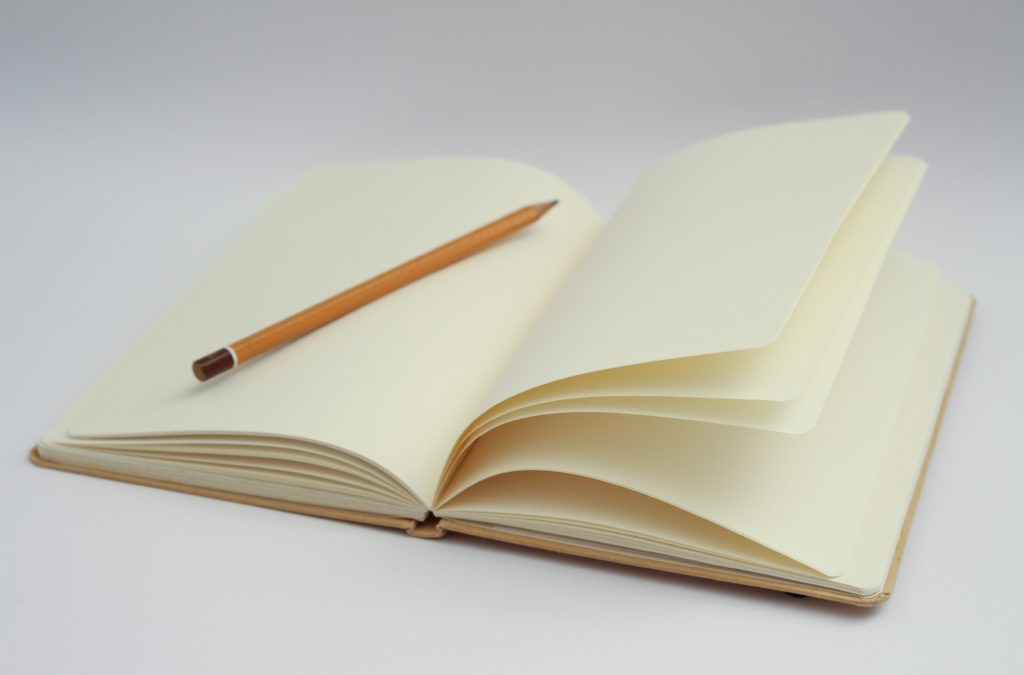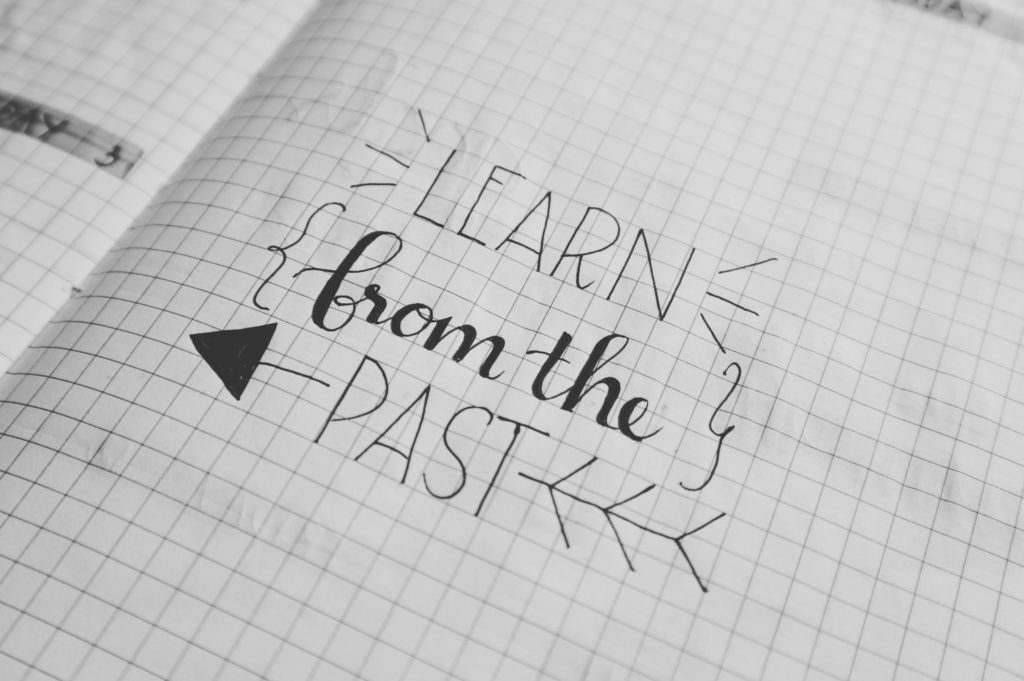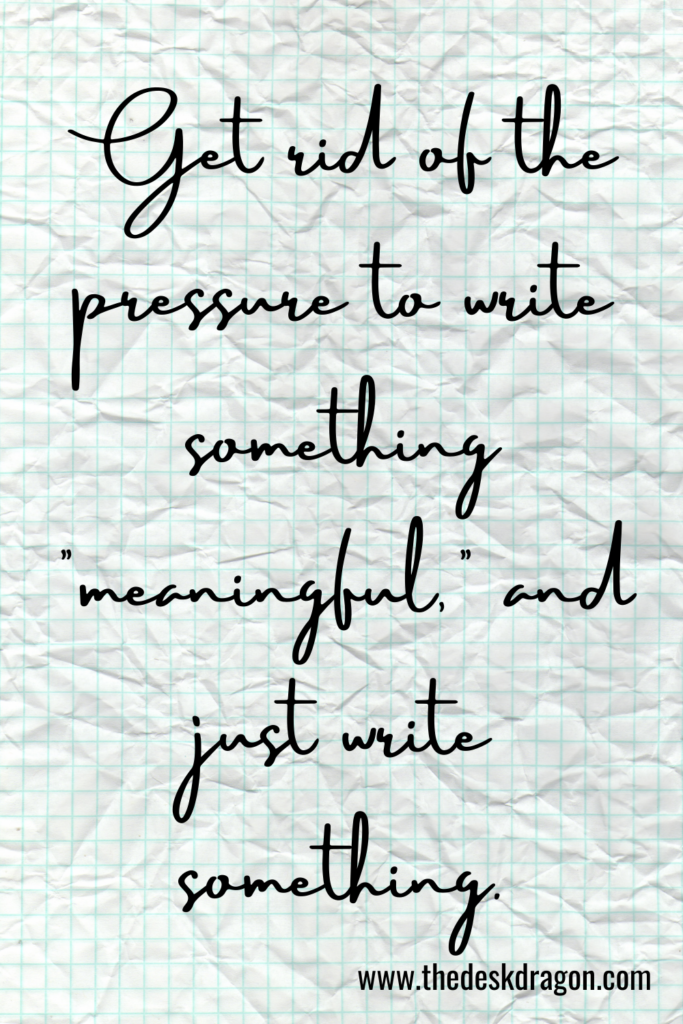How I (Finally) Started Journaling Every Day
Since I was very little, I’ve kept diaries and journals on and off to record both events happening around me and my personal thoughts. But, much as I wanted to write every day, consistency was not a strong point for me until recently. In fact, I have a whole drawer full of old journals that I never filled because I would stick with one for a while, take a break, and then start over in a new notebook.
Usually, this wasn’t for lack of interest. Almost every year, I would make it one of my resolutions to journal every single day, but it never lasted as long as I intended. Wanting to do something and having the discipline and consistent motivation to follow through are not the same thing.
So how did I finally break through and establish the habit of writing every day? Well, it wasn’t that I developed a stronger willpower or landed on a magic formula. Rather, it started with a better understanding of why I wasn’t writing every day in the first place.
Why I Struggled to Write Every Day
Looking back, I can identify a few factors that hindered me in forming this habit:
Problem #1: I tried to force myself to write in a certain style. Often, I would start off a new journal by establishing a specific format for the entries. This isn’t necessarily a problem in and of itself, but I took it too far and boxed myself in. Whenever I wanted to write something that didn’t fit the format I had set before, I felt like I had to change everything from then on to match the new format. I left no room for experimentation or variety.
Problem #2: I tried to make myself catch up on all the days I missed. For a long time, I had this idea that I couldn’t start a journal entry for that until I had written one for the previous day (or days, or even weeks). But the thought of filling in all that missing information was exhausting! As a result, I put off journaling even longer to avoid dealing with the unrealistic expectations I had set for myself.
Problem #3: I tried to do too much. Another overwhelming idea I had was that I needed to write paragraphs and paragraphs for every entry. So any time I felt too tired or too distracted to write more than a few sentences? That’s right — I didn’t write anything at all.

The Impact of Bullet Journaling
Starting a bullet journal changed some of those restrictive mindsets. Since I was already creating a new “entry” every day for my to-do lists, it was a lot easier to let go of days I missed and just start wherever I was.
However, I still tried to force myself to write a certain number of words or to write within certain bounds. I made up categories of journal entries (e.g. interesting things that happened, ideas I was thinking about, etc.) and assigned them color-coded symbols. This was fun, but not very useful, as I then had to come up with something to write every day that fell within one of those categories. I wasn’t letting my thoughts flow freely. And I still had this idea that I needed to write something that mattered, that was worth putting down on paper.
What Changed?

For about a year now, I have finally kept up with writing in my journal (just about) every day. I credit two major shifts with my success:
Shift #1: I moved across the world. I’ll admit I had the advantage of a huge life change to help me out. I already had to set an entirely new routine, which made it a lot easier to establish a new habit and write every day. I was starting from scratch, not simply changing my existing routine. Of course, that’s not to say you must have a major life change to start a new habit. It just made this one a little easier.
Shift #2: I made things easy on myself. I got rid of those categories and the pressure to write something “meaningful.” Then I decided I would write at least one sentence in the morning when I was making my to-do list for the day, and one sentence when I was reviewing my work at the end of the day. Setting a minimum goal like this makes it so much easier when I’m tired or not in the mood to write every day, because it’s just one sentence. That’s not much to have to think about.
Sometimes I write more than one sentence, and sometimes I even write more than one paragraph. And yes — sometimes I miss a morning or an evening, or both. But having two times a day when I think about writing a sentence or two makes it that much more likely that I will follow through. And to be honest? Sometimes that one sentence is, “I don’t know what to write today.”

Some of My Favorite Journaling Styles
For all the ways that certain styles of writing can restrict, they can be a lot of fun, too. So I thought I’d end this post with a few of the styles I have loved and that I enjoy returning to when I have the time.
Fiction writing prompts. I mostly use these as practice, but sometimes they become inspiration for my own fiction.
Timed freewriting. I sometimes use this during my weekly review time. I’ll set a timer for 5 minutes and write whatever is on my mind as fast as I can. It’s a great way to get all of the thoughts out of my head without filtering them.
Describing a scene. I’ll choose something that happened that day and describe it like I would a scene in a work of fiction. Sensory details, dialogue, etc.
“Snapshots.” This is a nickname I gave to something that is actually very similar to the original Bullet Journal system. Basically, it’s a journal entry in bulleted list form. Instead of writing out my memories in prose paragraphs, I simply make a list of events or feelings that I want to remember. This is how I journaled about most of my travel experiences while living in China. There’s no pressure to write out every detail, it’s much faster and easier to cover a long period of time packed with activities, and I don’t have to write the events or memories in any kind of order.

